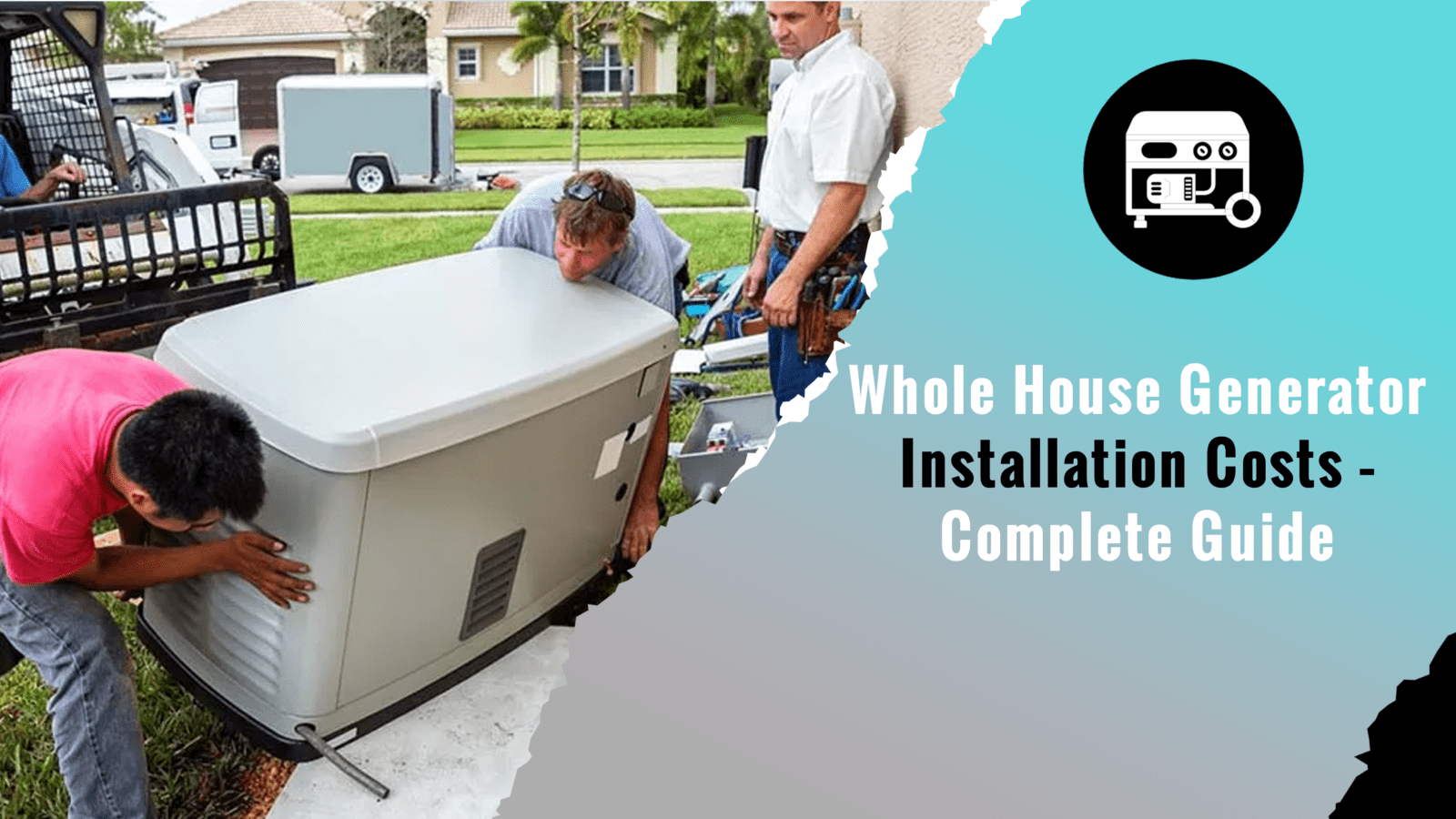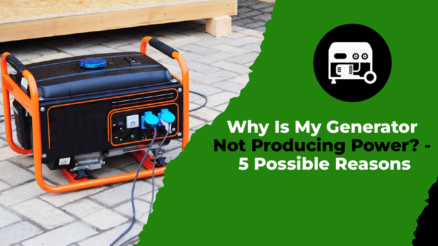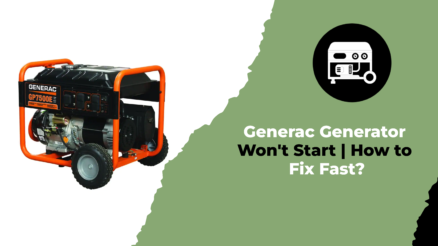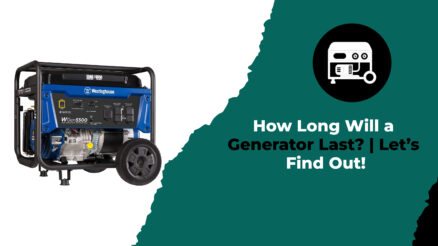If you’re running out of power due to inclement weather or a natural disaster, learn why home generators are becoming increasingly popular. They can provide light, heat, and power until power is restored. A wide range of types and options make it affordable for everyone’s budget and needs.
A Whole-Home Generator provides protection to your family and home by detecting power outages automatically and activating a backup power system. The average cost of an entire home generator across the country is $15,000, but different options can increase or decrease that cost depending on your home’s needs.
Before you begin shopping, it is critical that you understand the options and are familiar with the terminologies so that you can create a proper budget and decide whether or not a whole-house generator is right for you.
In this article, I have mentioned some factors that affect the price of adding a unit to your home. Let’s have a look!
Cost of Installation for a Whole House Generator
Another expense to consider is the cost of installing a whole-house generator. Installation costs vary depending on the size and type of the generator, as well as other criteria such as B.
your location and the electrician’s hourly rate. However, a good rule of thumb is that installation costs around 75% of the cost of the generator itself. So, if the generator costs $10,000, you should anticipate paying roughly $7,500 for installation, for a total of $17,500.
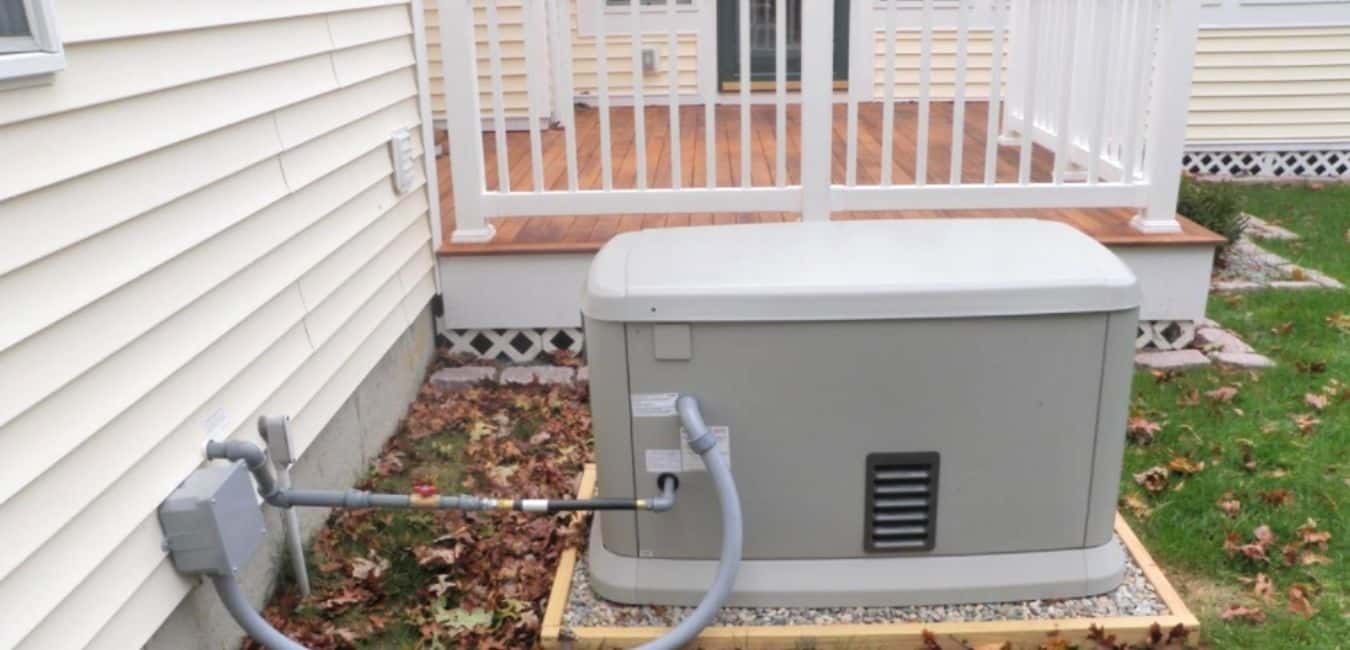
If the electrician needs to make electrical changes to your property before installing the generators, the cost could increase by more than 75%. Backup generators necessitate the installation of secure and efficient electrical wiring that can be linked to your home’s existing wiring. Installing a subpanel and wiring the house costs between $500 and $900.
Other changes may be required as well. For example, if your home has a fuse box rather than a circuit breaker, the electrician may need to change the home to a circuit breaker for the new generator to function properly.
To save money, some skilled owners may be tempted to install the generator themselves. However, you should not attempt it unless you are a qualified professional. Backup generators necessitate complex electrical wiring as well as a gas connection. Any error can be costly, harmful, and even fatal.
Factors in Calculating Whole House Generator Cost
The weather, market, and area all influence the need for whole-house generators. Following a prolonged power loss, such as that caused by snowfall or hurricanes, the price of all generators will climb as individuals who have been inconvenienced by the outage rush to stores to safeguard themselves from future catastrophes.

Furthermore, once you start shopping, you will come across various factors, and these alternatives might affect your entire cost by thousands of dollars. You’ll want to know the dimensions of your house and electrical panel so you don’t overpay for electricity. Other possibilities may be out of the question.
Size and type of generator
Home generators are classified into two types
- Stationary
- Portable
Stationary Generators
- Power. Stationary generators can power a complete home.
- Permanent Installation. They are permanently installed outside the residence and are plugged into the electrical infrastructure.
- Size and price. They have a power range of 7 to 38 kilowatts and cost between $800 and $20,000.
- Generator backup. A backup generator with a capacity of 25,000 kilowatts is required to power a 2,500 square foot
Portable Generators
- Power. Another option is to use a portable generator, the power of which can range between 2 and 8 kilowatts.
- Cheaper. These are less expensive, but they only power a few lights and appliances.
- Not a Whole-House Backup Generator. These generators will keep the most basic electrical equipment functioning, but they will not provide backup power for the entire house.
- Cost. These smaller backup generators range in price from $500 to $2,000.
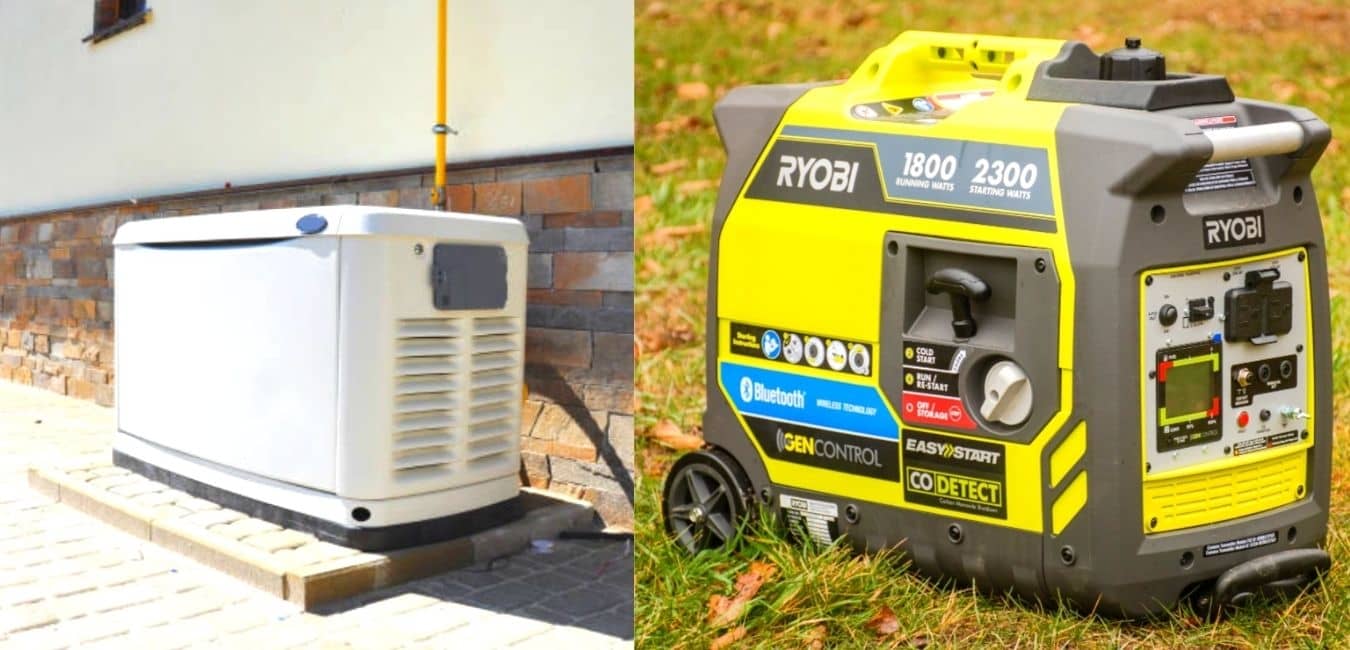
Power Source
Generators can run on a variety of fuel sources; however, this has no effect on the purchase price, but it does have an effect on the cost of obtaining and storing the fuel, as well as the overall cost of running the generator.
Many generators are powered by gasoline, liquid propane, diesel fuel, or natural gas. A few solar power generators have arrived on the market, but they are less prevalent.
Start Type
Every generator, portable or stationary, has a manual start option. Most portable generators have a pull cord similar to a lawnmower starter, but others use an electrical switch.
Permanently installed standby generators are linked to your home’s electrical panel, detect power outages, and immediately come on to ensure minimal power loss and potential harm to the home and its systems. These generators also have a manual start switch as a backup.
Concrete Pad
Every installed generator requires a permanent resting place. The most typical installation method is a poured concrete slab. Standing water is kept from harming or rusting the underbelly by decreasing vibration and enhancing ventilation.
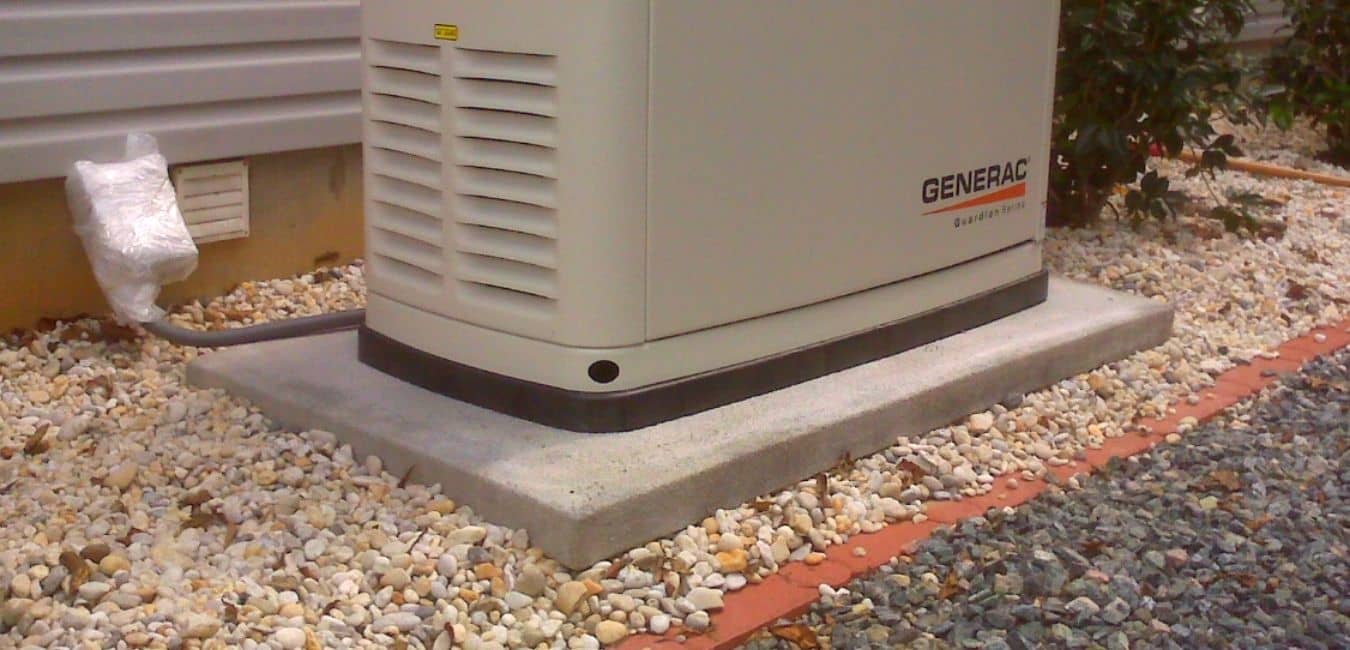
The platform should be strong, robust, and level. Professional installation costs between $50 and $75 per square foot, including site preparation and concrete pouring.
Installation
A contractor can estimate the cost of installing the generator for the complete house, including site preparation, labor, the fuel tank, the electrical panel update, and any other items. Contractors must pay a significant charge for the complete installation; consequently, it is vital that the installation requirements are well defined. Installation costs between $500 and $3,000 on average.
Transfer Switch
A standby generator that provides power to your complete home will necessitate the installation of a transfer switch that connects the generator to your home’s circuit board. This also allows it to transmit electricity via your existing circuits.
It takes 3-4 hours to install (approximately $200-$400 labor cost), and the switches can be manual (which you must manually engage) or automatic (which must be automatically activated) (which detects the power outage in your home and automatically turns on to ensure continuous performance).
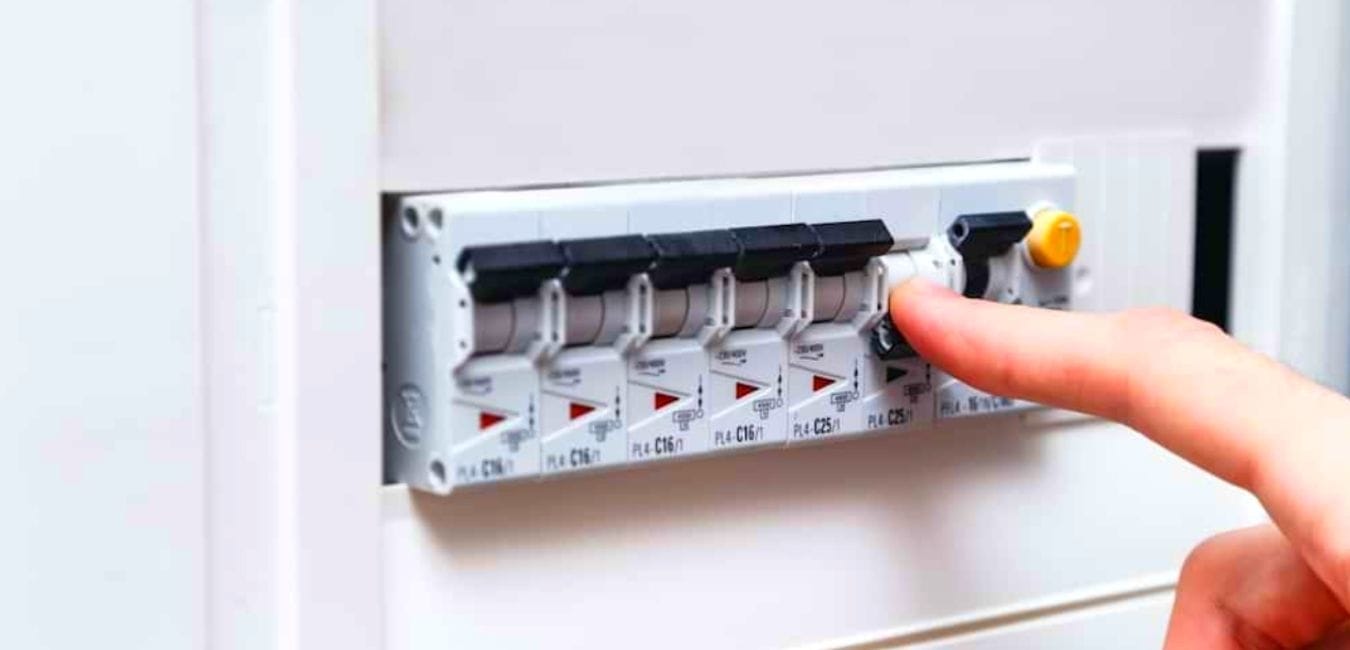
Permits
Because a generator installed in your home connects to the electrical system, a permit is essential to verify that the project is done appropriately and safely.
Furthermore, before laying a concrete slab to support the generator, most towns require a permit. These permits typically cost between $50 and $200.
Additional Costs and Factors
The cost of the generator itself, as well as the installation, is high, but it can save you money in the long run by allowing you to stay in your home during a prolonged power outage. However, there are some costs to consider after the product has been purchased and installed.
Maintenance
Standby power generators run for a few minutes several times every week to maintain the engine oiled and functioning smoothly, as well as to diagnose and inform you if there is a problem that needs to be rectified.
This is free, but the generator must be supplied with electricity on a constant basis. You will need to plan an occasional service call from a professional on a regular basis, usually just before the season when you are most likely to require backup power. This yearly service will cost you between $75 and $300.
Fuel
The generator will not be able to assist you if you do not have the proper fuel. Connecting the generator to a natural gas line or a big liquid propane tank is normally required. If you use a tank, you must keep it full at all times, and the cost of doing so is dictated by your gas provider contract.

Because gasoline and diesel fuel have a short shelf life and lose effectiveness if kept in a tank, portable units should be refilled as they are used (and could also damage the tank and sensors). Calculate your operational costs by estimating the amount of fuel you’ll need and changing it on a regular basis.
Enhancements and Improvements
A generator’s efficiency can be increased by a variety of enhancements. A wireless monitor can be used to check the generator’s status. If you are not at home when the electricity goes out, turn on the generator.
These monitors range in price from $200 to $400. A smart load manager can let you divide your house into zones and switch power between them. This alternative, which costs between $150 and $300, can power a smaller (and less expensive) generator in a bigger home.
Whole House Generator Cost Fuel Types
The type of fuel used by a generator affects the overall cost in two ways. First, the type of fuel determines the unit’s pricing. Second, the cost of running the generator will be determined by the price of the fuel at the time of purchase.
Diesel
Diesel generators, which typically cost between $3,000 and $15,000, are larger machines that can power an entire house. Diesel-powered generators are extremely efficient and become more cost-effective as they grow in size.
Liquid Propane
If properly stored, clean-burning liquid propane (LP) can be stored indefinitely. If you already have a liquid propane contract and a large tank to use with other appliances, such as a dryer or stove, it can be a great option.
LP generators range in price from $500 to $20,000 for a small portable generator or a larger standby unit. If you don’t already have a large tank or a contractor, you’ll need to stockpile a large number of smaller gas cans to ensure you have power when you need it. LP generators are not as cost-effective as other models at that point.
Gasoline
Gasoline generators are typically the least priced alternative. They are simple engines that run on gasoline to generate energy. This is a popular option because fuel is widely available in most sections of the country.

However, it should be noted that gasoline has a limited lifespan and may need to be dumped at a cost when it grows too old. Gas-powered generators are smaller, less powerful versions that are portable and require a manual start, with prices ranging from $500 to $2,000 on the market.
Solar
Because the equipment required to convert and store significant amounts of power takes up too much space, solar generators are also small portable generators.
They are environmentally friendly because they do not require petroleum-based fuel, but their power generation may be limited by the inclement weather that caused your outage in the first place.
This technology is still in its early phases, and as technology progresses, it will almost likely become more efficient and streamlined. The cost of a solar generator ranges from $1,500 to $5,000.
How Much Does a Natural Gas Whole House Generator Cost?
Generators that run on natural gas are more expensive to purchase than gasoline generators, averaging between $2,000 and $20,000. There is little fuel wastage as the generator draws fuel directly from the utility when needed. While natural gas prices are typically slightly lower than gasoline, a natural gas generator uses more gas to power your home than other types.
How Much Does A Backup Generator Cost?
Small automatic generators can be purchased for a few hundred dollars. A large 20+ kW unit designed to fully power a large home over 5,000 square feet can cost as much as $20,000. Size is the most important factor in determining how much your automatic unit will cost. Take time with your contractor to find the right size for your needs.
Regardless of the cost, many homeowners know that investing in one is a critical step in protecting their home’s safety. The days of enduring periodic blackouts with candlelight and ghost stories are drawing to a close. Backup generators are meant to assure the continuation of electricity and heat in your house during power outages.
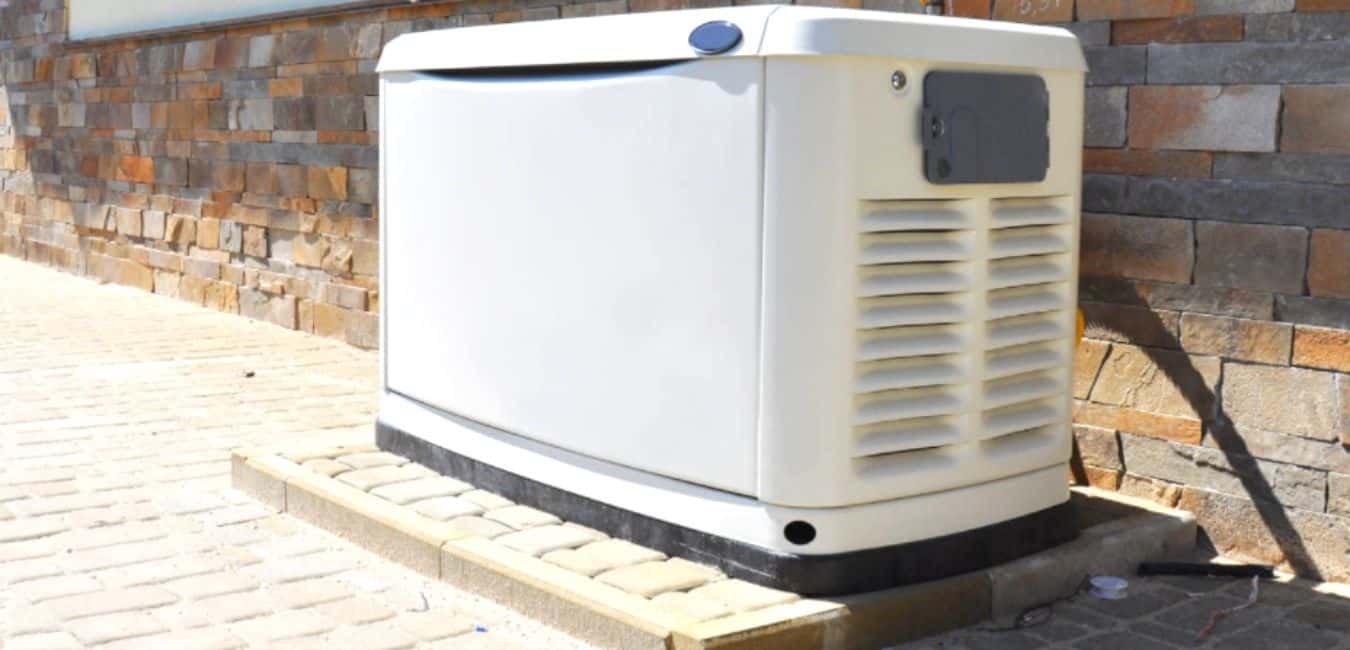
Random thunderstorms and unexpected mishaps that threaten to knock out power for a few hours are no longer the only potential hazards to your property. Weather patterns change, resulting in severe weather in regions where householders are not used. Power supply constraints and power grid outages are becoming increasingly common.
Standby generators are solely intended to power your home’s heating, refrigerator/freezer, and basic lighting. Ovens and hot water tanks consume a lot of electricity. Some can power both devices separately, but not at the same time. High-quality models are also significantly quieter.
Cost To Install Generator Transfer Switch
The transfer switch installation costs between $500 and $1,500. This includes the cost of the changeover as well as the labor. A switch installation usually takes less than a day.
The price of installing a switch is determined by a number of factors, including the type of switch and the wattage. You must pick between manual and automatic switches.
Transfer Switches (Manual)
Manual transfer switches are less expensive and simpler to install. Labor costs are cheaper since the electrician installs in less time. However, as you might have guessed from the name, you must manually activate the switches when there is a power outage.
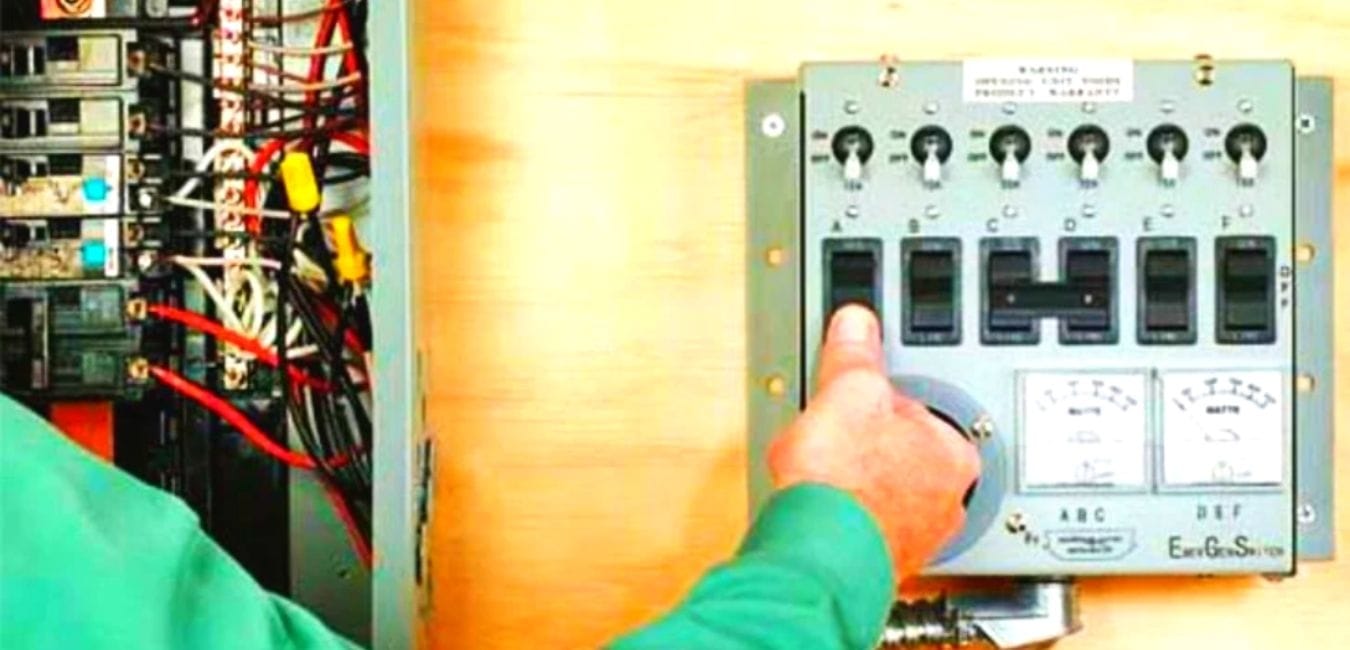
Transfer Switches (Automatic)
Automatic switches are more costly. An automatic switch can cost well over a thousand dollars. Because they are more complex to install, labor expenses rise as well.
A manual switch, on the other hand, will set you back only a few hundred dollars. However, an automated switch is useful since it automatically switches between mains power and generator power. Your option is determined by what you desire.
Whole House Generator Installation Costs – FAQs
To Sum Up
Installation costs vary depending on the size and brand of the generator and other factors such as:
- Your Residence
- Soil conditions
- Location of the generator relative to the fuel source and the electricity meter
However, a good rule of thumb is that the cost of installation is roughly the actual cost of the generator. So if the generator costs you $10,000, you can expect to pay around $10,000 in installation costs for a total of $20,000.


